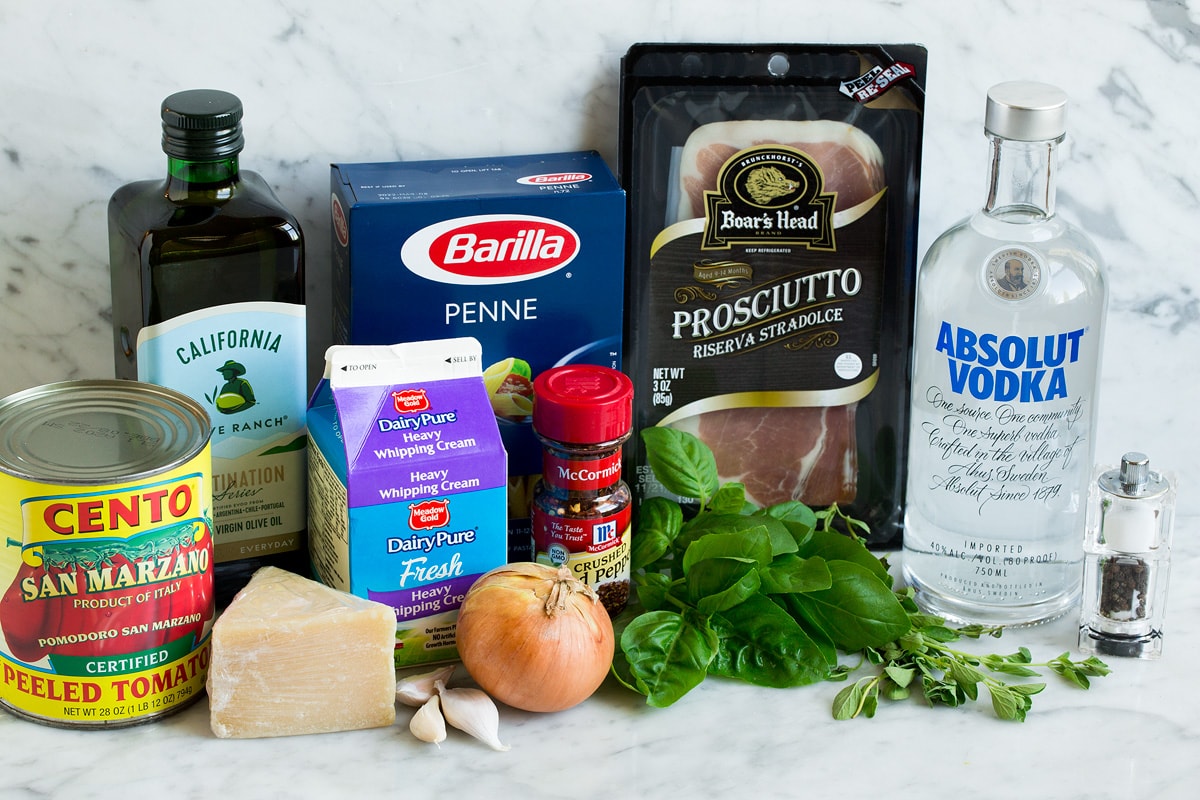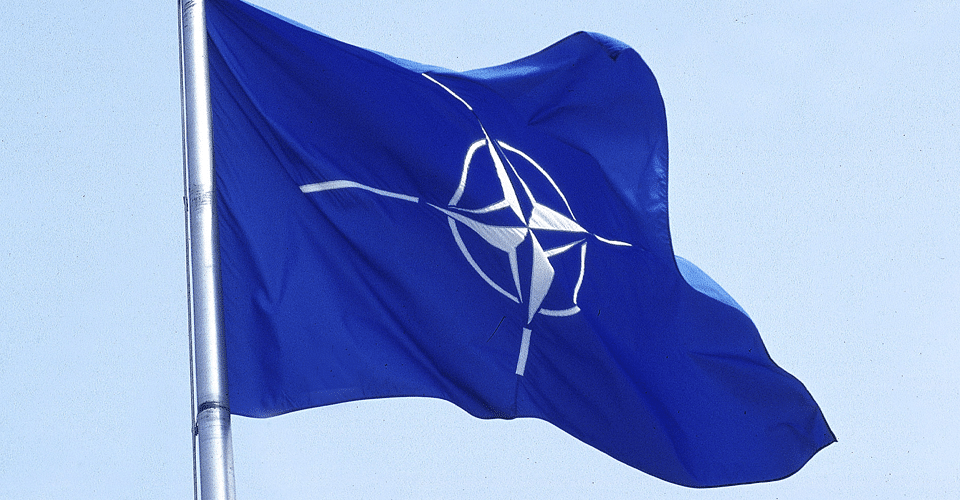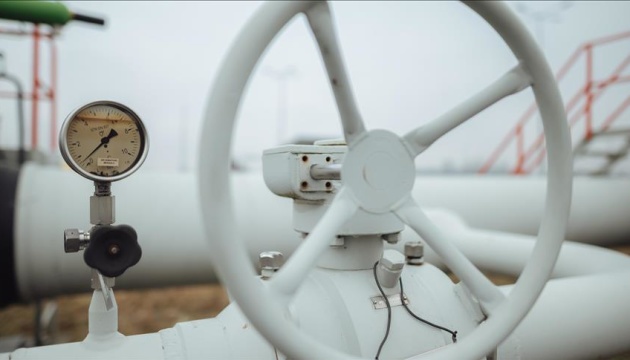Водка — нейтральный зерновой спирт, который давно вышел за рамки барной стойки. Напиток не только используют для обеззараживания в медицине, но и широко применяют в кулинарии. Например, паста «Пенне алла» — основа итальянской кухни. Водка подчеркивает вкус помидоров, а также выступает связующим компонентом между кислым томатным соком, сливками, оливковым маслом и водой. Однако список возможных применений не ограничивается макаронами.
Как водка работает в кулинарии
На полках супермаркетов и в каталогах интернет-магазинов можно найти ароматизированную водку, которая впишется в рецепт классического или авторского коктейля. Но выбор — за нейтральным спиртом, который испаряется при нагревании, добавляя остроту в блюдо. Он также выступает естественным эмульгатором, который помогает довести заправку или тесто для выпечки до правильной консистенции.

В каких рецептах использовать водку
Нейтральный спирт не перебьет вкус, но важно не перестараться. Используйте водку для:
- Пикантных основных блюд. Приготовьте водочный соус, куда входит томатная паста, помидор, водка, сливки и специи. Используйте его как заправку для макарон, риса, пиццы, бургеров. Также с помощью базового зернового спирта можно добиться аппетитной глазури на рыбе, помогая себе газовой горелкой. При этом спирт в мясной маринад добавлять не советуют, так как меняется структура белка.
- Десертов. Водку добавляют в тесто, поскольку спирт препятствует расщеплению глютеновых соединений. Результат — нежная слоеная текстура, при этом корочка остается влажной, но насыщенной по вкусу. Также алкоголь хорошо вписывается в рецепт кремов или муссов, делая начинку пирога пьянящей и пикантной.

По желанию на водке можно приготовить настойку. Раньше ее использовали в лечебных целях. Ликер, настоянный на зерновом спирте со смесью трав, ягод, фруктов или даже конфет, — прекрасный вариант для праздничных посиделок. С помощью водки также готовят ванильный экстракт.
Заметки о температурных показателях
Иногда водку вливают к холодным десертам, таким как сорбет или фруктовый лед. Спирт замерзает при низких температурах. Слишком высокая концентрация алкоголя может растопить лед в самый неожиданный момент. Осторожнее с нагреванием. Остаточный сахар кристаллизуется, так что водку добавляют на последнем этапе готовки, уменьшая огонь к маленькому или среднему показателю. Блюдо не будет таким крепким, как изначальный спирт, поскольку алкоголь постепенно испаряется.
Не забывайте главное правило: не хотите пить водку — не используйте ее в кулинарных целях. То же самое с бутылкой, на дне которой появился осадок. Всегда выбирайте качественную продукцию от проверенных производителей.


 3268
3268












